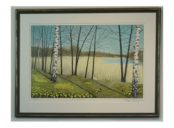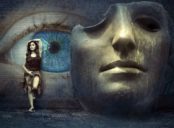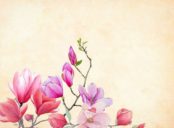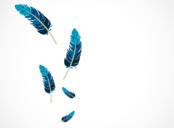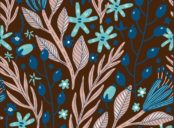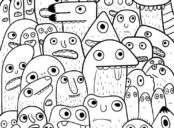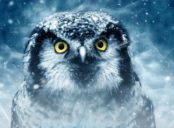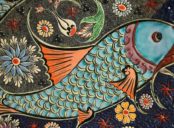Fashion illustration Bringing Style to Life
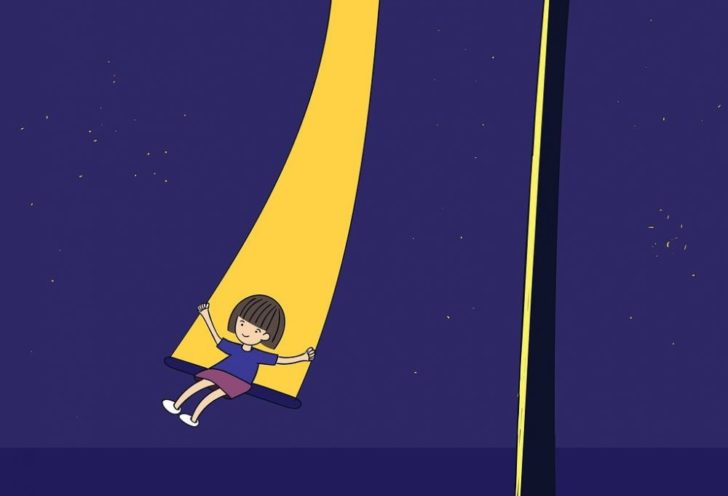
Fashion Illustration: A Closer Look at the Art Form
The world of fashion is visual and expressive, and fashion illustration serves as the bridge between fashion ideas and their realization. It is an art form that brings designs to life, capturing the essence and mood of clothing and accessories with stunning visual representations. In this comprehensive article, we will delve into the world of fashion illustration, exploring its various types, popularity, the evolution through time, and even quantitative measurements. Join us on this journey as we unfold the fascinating world of fashion illustration.
Understanding Fashion Illustration – Types, Popularity, and More
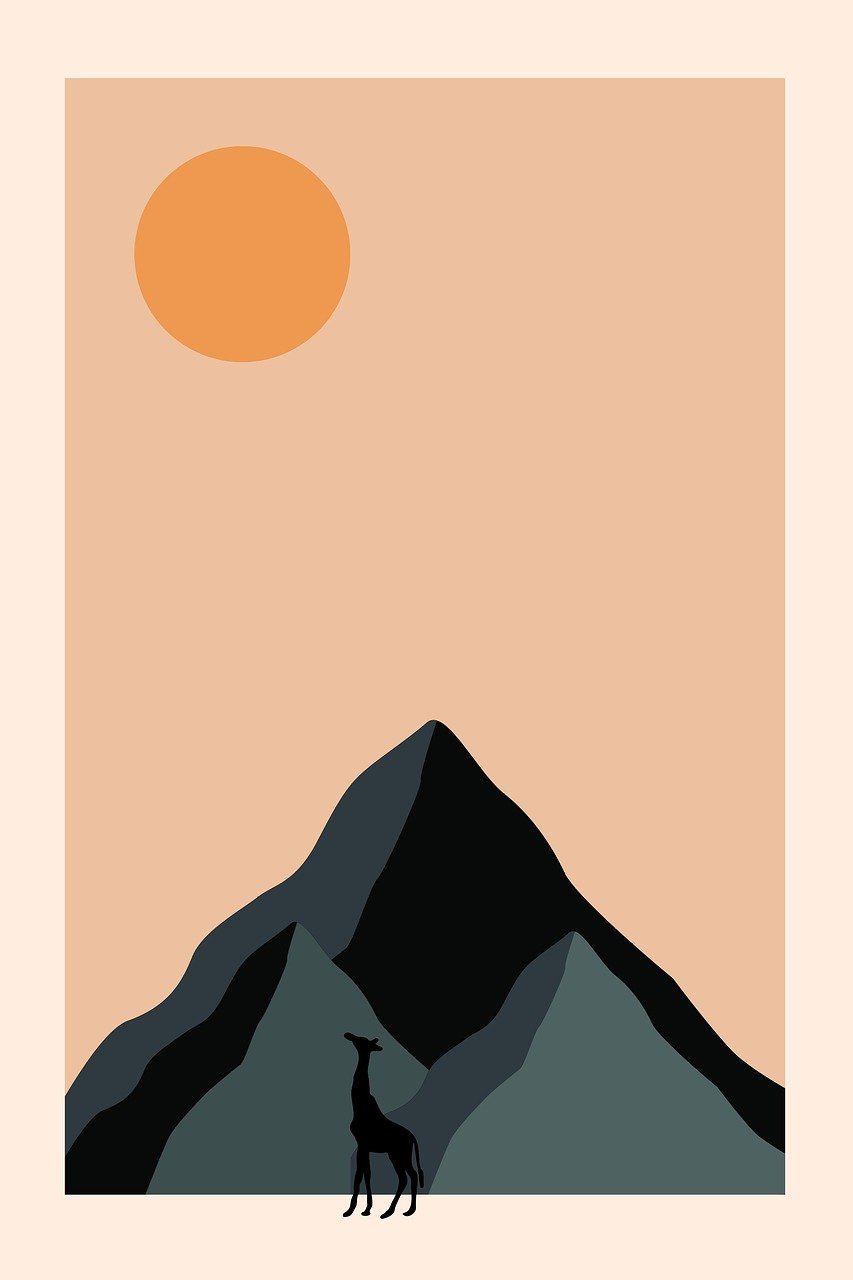
Fashion illustration is the practice of transforming design ideas into captivating visual representations. It involves using different techniques, such as drawing, painting, and even digital tools, to create illustrations that showcase the aesthetic and details of fashion designs. This art form has gained immense popularity due to its ability to convey the mood, style, and movement of clothing and accessories.
Types of Fashion Illustration:
1. Traditional Hand-drawn Illustration: This classical form of fashion illustration involves using pencils, pens, watercolors, or pastels to create intricate and detailed drawings. Artists often blend various techniques to bring out the textures and dynamic nature of the designs.
2. Digital Illustration: With the advancement of technology, digital fashion illustration has emerged as a popular choice. Artists utilize software and digital drawing tablets to create stunning visuals with enhanced control over colors, effects, and overall precision.
3. Mixed Media Illustration: This type combines various materials and techniques, such as collages, photography, and digital manipulation. It allows artists to experiment and create unique visuals by blending different artistic elements.
Popularity and Influential Artists:
Fashion illustration has gained significant popularity due to its ability to captivate, inspire, and showcase the essence of fashion. Many talented artists have made a lasting impact on the industry and continue to influence new generations of fashion illustrators. Some notable figures include Rene Gruau, Antonio Lopez, and David Downton, who have all played a vital role in shaping the art form.
Quantitative Measurements in Fashion Illustration
Fashion illustration goes beyond the realm of creativity; it also offers room for quantitative analysis. By measuring various aspects of fashion illustration, we can gain insights into trends, styles, and the impact of illustrations on the fashion industry.
1. Social Media Engagement: Platforms like Instagram have become a breeding ground for fashion illustrators to showcase their work. The number of likes, comments, and shares on their posts provide a measure of their success and public interest.
2. Sales Impact: The use of fashion illustration in advertisements, catalogs, and lookbooks can significantly impact consumer behavior. Analyzing sales figures before and after the inclusion of fashion illustrations can reveal the influence on purchase decisions.
3. Brand Perception: Fashion brands often collaborate with fashion illustrators to enhance their brand image. Researching the impact of those collaborations, such as through surveys or focus groups, can provide insights into how different styles of fashion illustration affect brand perception.
Understanding the Differences in Fashion Illustration Styles
Fashion illustration is a versatile art form, with various styles and approaches used by artists worldwide. These artistic differences create unique interpretations of fashion designs, allowing for diversity and individuality within the field.
1. Realistic Illustration: Some artists strive for accuracy and realism, meticulously capturing every detail of the designs. This style showcases the intricate patterns and textures of fabrics, providing viewers with a clear understanding of the intended garments.
2. Expressive and Abstract Illustration: In contrast to realism, some illustrators capture the essence of fashion through abstract and expressive techniques. They focus on conveying emotions, movement, and the overall mood of the clothing, often using bold lines, vibrant colors, and exaggerated proportions.
3. Minimalistic Illustration: Minimalism has made its mark in the fashion industry, and it is no different in fashion illustration. Artists who adopt a minimalist approach strip their illustrations down to essential elements, emphasizing clean lines, simplicity, and negative space to convey a modern aesthetic.
The Historical Journey of Fashion Illustration – Advantages and Disadvantages
Throughout history, fashion illustration has evolved, presenting both advantages and disadvantages within the industry. Let’s take a closer look at this journey:
Advantages of Fashion Illustration:
1. Creativity and Interpretation: Fashion illustration allows artists to interpret designs and showcase their own creative flair, bringing a personalized touch to fashion presentations.
2. Emotional Connection: Fashion illustrations evoke emotions and intrigue viewers, allowing them to connect with the portrayed designs on a deeper level. This emotional engagement can significantly impact consumer perception.
Disadvantages of Fashion Illustration:
1. Time and Cost Constraints: Creating detailed fashion illustrations can be time-consuming and costly. In certain cases, especially in fast-paced fashion industries, the time and resources required may not be feasible.
2. Limited Representation: While fashion illustrations can capture the overall mood and style of a design, they may not showcase the garments as accurately as other mediums, such as photography. This limitation can affect customer expectations and decisions.
Conclusion:
Fashion illustration holds a vital place in the fashion industry, providing a visual narrative for designers’ visions. Through this comprehensive article, we have explored the different types and popularity of fashion illustration, the quantitative measurements used to assess its impact, the various styles adopted by artists, and the historical advantages and disadvantages associated with the art form. As fashion continues to evolve, fashion illustration continues to captivate and inspire, showcasing the beauty and creativity of clothing and accessories.
